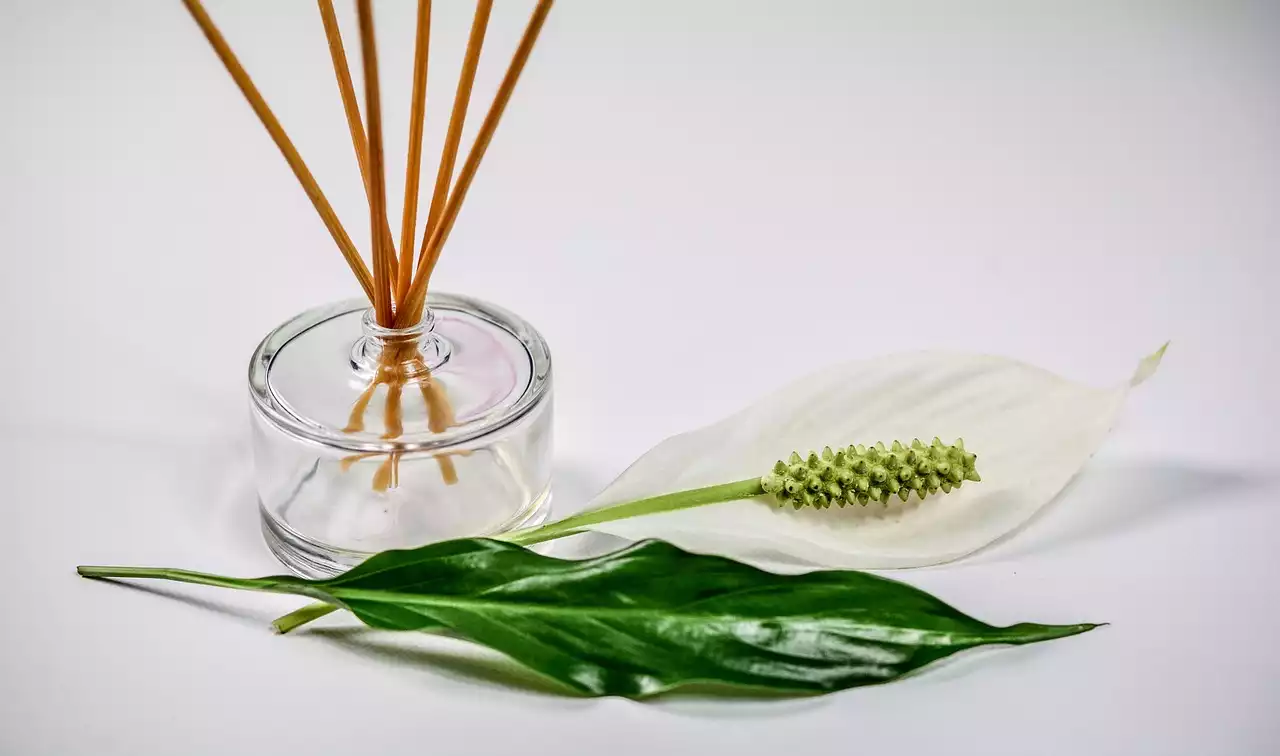There are many benefits of sugaring over waxing. Both can be used to remove hair from the body, but sugaring is a newer and gentler process that’s better for your skin in several ways. And while there is no perfect answer to this question, we’ll explain the differences below so you can decide which one is best for your needs. In general, sugaring has less risk of side effects than waxing because it does not involve the same degree of skin tearing or stripping of the top skin layer. This means that there is less potential for bruising, discoloration, or infection as a result of using either method. Both methods are equally effective at removing hair but sugaring has some secondary benefits as well. Here are 6 key differences between sugaring and waxing.
Sugar is Gentle on the Skin
Sugaring is a gentler process than waxing, both physically and chemically. The sugar solution is a soft, non-abrasive paste that does not contain any sharp or abrasive ingredients that could cause mechanical damage to the skin. Instead, the sugar granules are microscopically small, which means they just break the hair at the root instead of ripping it out by the root. Because sugaring is a more gentle process, it’s ideal for sensitive skin types. Since sugaring is less likely to cause skin damage or irritation than waxing, it can be a better option for those with rosacea, psoriasis, eczema, and other skin conditions.
Sugaring is Slightly Safer
Sugaring is a gentler and less aggressive process than waxing, which means it’s also less likely to cause injury. While waxing damages skin cells by ripping off the top skin layer, sugaring only breaks the hair at the root. This minimizes the amount of skin damage done to the epidermis, which reduces the chances of infection, discoloration, and other adverse consequences. Compared to waxing, sugaring is also a safer option if you have sensitive skin as the process is less likely to cause irritation. A lower risk of skin damage also makes sugaring a safer option for those with sensitive skin conditions such as rosacea and psoriasis.
Sugaring is Zero-Waste
Waxing produces a large amount of waste, whereas sugaring does not. The wax is applied onto the skin with a strip, is removed, and usually ends up in the trash. On the other hand, sugaring involves mixing a sugar paste with water and using the sugar to remove the hair from the skin. Because sugaring uses a single-use sugar paste instead of a reusable wax strip, there is no leftover waste product. This means there is no need to discard or clean reusable wax strips, which saves money, time, and environmental resources. Sugaring also produces less waste in general, as the sugar paste is applied in a thinner layer than traditional wax strips. This means you need to apply less sugar paste to fully remove the hair, which reduces the amount of product you use. Less product means less money spent and less potential for contamination during the application process.
Sugar has More User-Friendly Conditions
Sugaring is often a more user-friendly process than waxing, especially for beginners. Sugar paste is applied in a thin layer that is easy to control, making it easier to avoid injury when removing hair from sensitive areas, such as the face. As sugar is applied in a thin layer instead of a thick strip, it’s easier to control the amount of pressure applied to the skin. This means it’s easier to avoid injuring or irritating delicate areas of the skin, such as the face, ears, and the back of the legs. Sugar paste is also easier to remove than wax, as it does not stick to the skin as much. This means there is less risk of getting caught in the hairs and causing skin irritation. Sugaring is also less messy and less likely to cause stains or messes on fabrics like clothing.
Sugaring Has Fewer Irritation Warnings
Sugaring is less likely to cause irritation and reddening of the skin than waxing. The top skin layer is the first line of defense against pathogens in the environment, so tearing this layer during hair removal makes the skin more susceptible to infection and bacterial growth. Because waxing involves removing a significant amount of the top skin layer, it’s more likely to cause irritation, redness, and bacterial growth. On the other hand, sugaring is a gentler process that does not remove as many skin cells. This means that sugaring causes less skin damage, which reduces the risk of infection and discoloration.
Conclusion
What's the Difference Between Sugaring and Waxing? While both methods are effective at removing hair, sugaring is a newer and gentler process that’s better for your skin. Sugaring is a safer, less messy, and more user-friendly option than waxing, making it a better choice overall. Although there is no perfect answer to this question, we hope that this article has helped you decide which one is best for your needs.


 Some Unique Birthday Gift Ideas
Some Unique Birthday Gift Ideas
 Keeping Your Baby Warm and Cosy
Keeping Your Baby Warm and Cosy The Benefits of Stacking Rings for Babies
The Benefits of Stacking Rings for Babies Waxing at Home vs at the Salon
Waxing at Home vs at the Salon The Top Ten Epilators of 2022
The Top Ten Epilators of 2022 Pros and Cons of Razors for Hair Removal
Pros and Cons of Razors for Hair Removal Is Depilatory Cream Still a Viable Hair Removal Option?
Is Depilatory Cream Still a Viable Hair Removal Option?